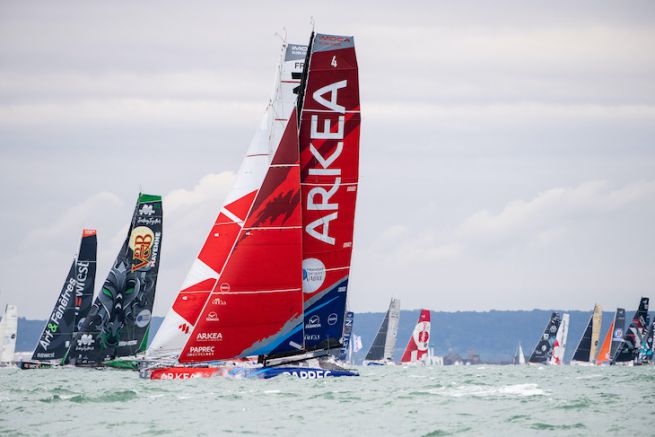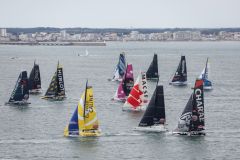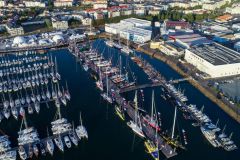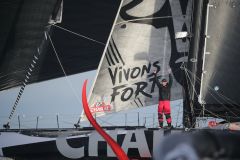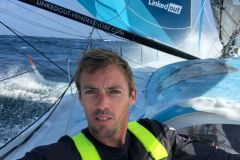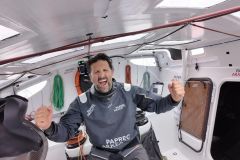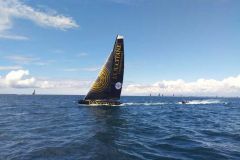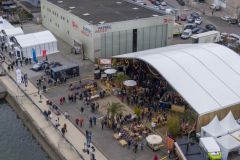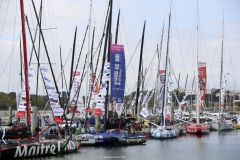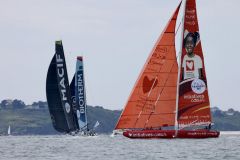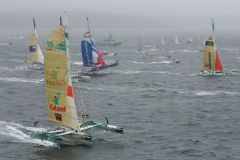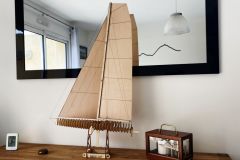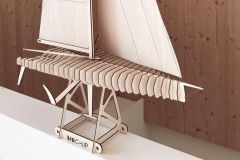A road to the north
It will be a northern route, as the race direction specified on Thursday 2nd July. The skippers will thus be able to benefit from the visibility provided by the weather forecasts and the maps of ice positions in the Arctic zone.
After the start, the competitors will look for the IOC-UNESCO (Intergovernmental Oceanographic Commission of UNESCO, partner of the IMOCA Class) waypoint located at 62° North, between the south of Iceland and the southern tip of Greenland, in the Irminger Sea.
They will then head due south to reach the Gallimard course mark, off the Azores, before returning to the Institut Pasteur buoy and then to Les Sables-d'Olonne. The 20 solo sailors will therefore have completed a North Atlantic triangle of 3556 miles. The first sailors are expected to be back in around ten days.
"We know, by opting for the No. 1 course, that the fastest boats will face more wind, but they will also have the option of not going after the strongest. The slower boats will be spared the harshest conditions. But in any case, I think the conditions are quite manageable for boats and sailors who are preparing for the Vendée Globe. If we had started in the Azores, we wouldn't have had any visibility to the north, which is the most unknown area for single-handed skippers" explains Jacques Caraës.
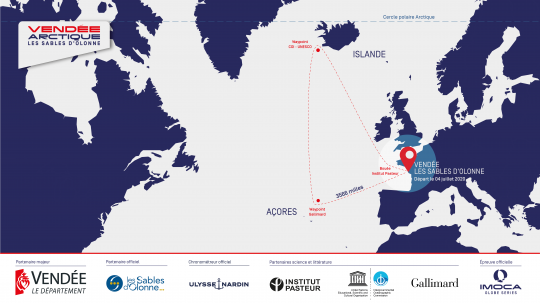
DSTs to avoid near-shore encounters
In order to avoid encounters along the coast, the race management has set up exclusion zones. Thus, the fleet will have to leave the DSTs to starboard which are to the east of its course. On the way back, they will have to leave them to port.
To the west and around Greenland, the race direction drew the ice zone. This zone, called the Arctic Exclusion Zone, excludes the Labrador Sea from St. Pierre and Miquelon and the Strait of Denmark between Greenland and Iceland. According to the latest ice surveys, IMOCA vessels should not encounter icebergs in their navigation zone.
Calm weather getting stronger
According to meteorologist Christian Dumard, the weather conditions will be manageable and pleasant on the start line. The solo sailors will leave the bay in 12 to 17 knots of west-south-westerly wind, sunny weather and a temperature of 20 to 22 degrees.
Gradually the fleet will be moving closer to a low that is sliding towards the NE, with conditions strengthening, while a high pressure system will be settling over the south. During their passage through the Celtic Sea, the solo sailors should find more sustained conditions, with 20-25 knots west-south-west and heavy seas (swell of 3.20 to 4 m) in the south-west of Ireland.
